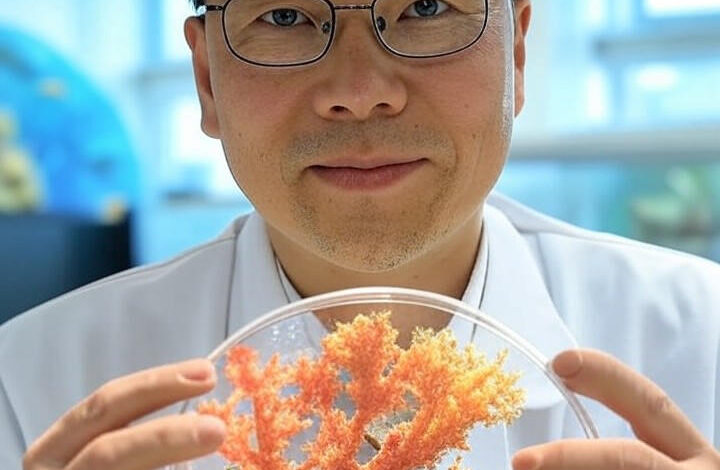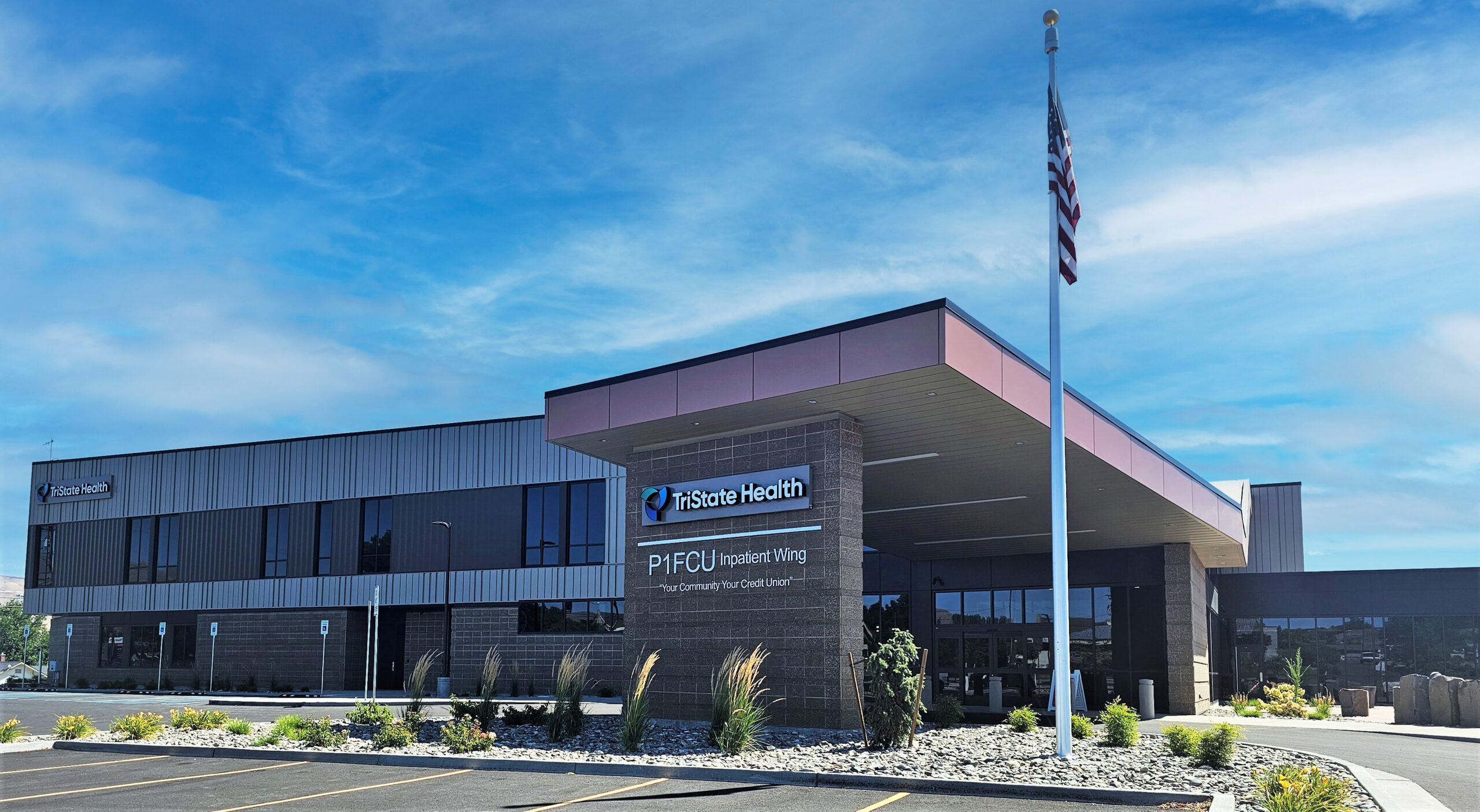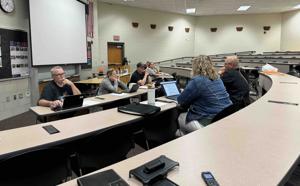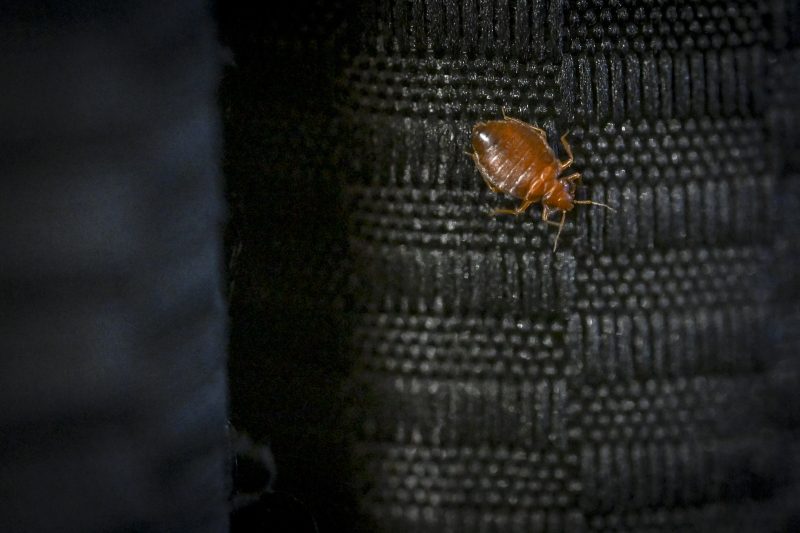San Francisco Scientists Cultivate Lab-Grown Corals to Combat Reef Loss

URGENT UPDATE: A team of scientists at the California Academy of Sciences in San Francisco is making groundbreaking strides in the fight against coral reef destruction, with innovative techniques to cultivate lab-grown corals. This initiative aims to restore the beleaguered Belize Barrier Reef, the second-largest in the world, which has suffered catastrophic losses due to climate change.
Researchers are producing “baby corals” in controlled lab environments, using fragments from healthy specimens to nurture them in tanks that replicate ocean conditions while protecting them from rising temperatures and acidification. This crucial work, highlighted in recent reports from CBS News and SFGATE, is vital as coral reefs support a quarter of all marine life and provide coastal protection valued at billions of dollars.
The urgency of these efforts is underscored by alarming statistics—coral coverage has declined by as much as 50% in recent decades. The team employs advanced techniques to induce spawning events, allowing for the crossbreeding of resilient coral strains. Once the lab-grown corals reach maturity, they are transplanted to devastated ecosystems, offering hope for rejuvenating these critical habitats.
ACCELERATING RESTORATION: The Bay Area scientists are harnessing biotechnology to select heat-tolerant coral variants, significantly enhancing survival rates. Breakthroughs in lab-grown coral growth rates have exceeded natural recovery benchmarks, emphasizing the potential of this approach.
Collaboration plays a pivotal role in these restoration projects. The California Academy is partnering with international teams through initiatives like the Ocean-Shot, which utilizes underwater “gardening” to plant corals on a massive scale. Recent successes include the restoration of reef patches in Antigua and Barbuda, showcasing models that can be replicated globally.
CHALLENGES AHEAD: Despite notable advancements, scaling these innovations presents challenges. Regulatory frameworks lag behind scientific progress, complicating the movement of genetically assisted corals across borders. A recent call for policy reform, as noted by Phys.org, emphasizes the need for assisted gene flow to enhance resilience against climate impacts. Additionally, the funding landscape remains a bottleneck, with efforts relying heavily on grants and philanthropy.
As extreme weather events intensify, including “once-in-a-century” storms predicted by scientists at the Lawrence Berkeley National Laboratory, the window for effective intervention narrows. Investors in the Bay Area are increasingly interested in sustainable ventures, recognizing the urgency and potential of these initiatives.
LOOKING AHEAD: The implications of these restoration efforts extend beyond local ecosystems. By integrating citizen science, such as initiatives from the University of Miami, communities are empowered to take part in conservation, fostering a grassroots movement. Innovations like the Snap X gel developed by UCSD researchers attract coral larvae to new sites, complementing lab-based growth strategies.
The Bay Area’s coral restoration push exemplifies a fusion of science and hope. While it may not solve climate change entirely, it buys precious time for ecosystems teetering on the brink. Industry insiders are watching closely, recognizing this as a pivotal moment that could redefine environmental technology, merging biology with policy to safeguard our oceans for generations. As efforts to rejuvenate reefs progress, the true challenge lies in sustaining these gains amid an uncertain climate future.
Stay tuned for further updates on this critical environmental initiative as it unfolds.






